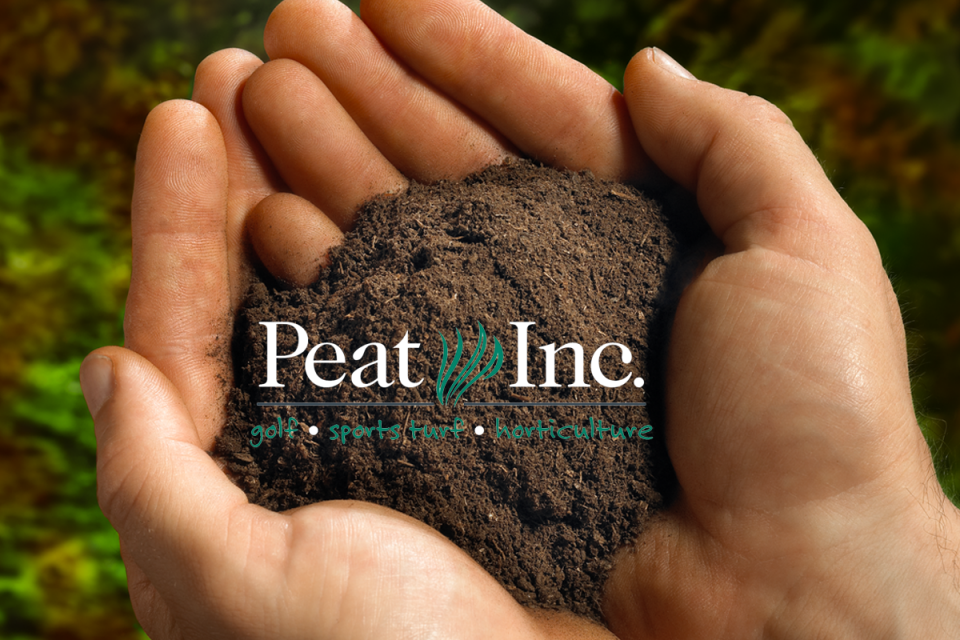| BUILDING A GREENER WISCONSIN TOGETHER |
2021 Fall Newsletter
Thank you Sponsors

ENJOY FALL SEASON




WNLA Newsletter
Executive Director's Message To Members
Reflections-Golf Outing
2021 Golf Outing
Thank You Sponsors!

Upcoming WNLA & Green Industry Events
Register online
iLandscape 2022:
February 2nd-4th

RETURNING BACK IN-PERSON
Exhibit at the February 2-4, 2022 event. WNLA members get a discount. Here is the link to the Interactive Floor Plan: https://www.expocad.com/host/fx/ilca/22iland/exfx.html

Alliant Energy Center Madison, WI
Februray 11-13, 2022

Wisconsin Center Milwaukee, WI
August 9-11, 2022
www.gardencentershow.com
Announcements & Articles

Pesticide Applicator Certification Exam Available Online
FOR IMMEDIATE RELEASE: October 25, 2021
Program contact: DATCP Pesticide Program, (608) 224-4528, datcppesticideinfo@wisconsin.gov
Media contact: Leeann Duwe, Public Information Officer, (608) 224-5130,
leeannm.duwe@wisconsin.gov
MADISON, Wis. – The Wisconsin Department of Agriculture, Trade and Consumer Protection
(DATCP) is partnering with Pearson Vue to offer the pesticide applicator certification exam
online. The online exam includes a $45 convenience fee that is paid entirely to Pearson Vue.
DATCP will continue to offer a paper exam at no charge.
Commercial and private pesticide applicators can take the online exam either in-person at one
of 54 testing centers and tech colleges in Wisconsin, or proctored through a personal computer
that includes a web-enabled camera and broadband internet.
Those who take the exam online will receive their results immediately, along with their
certification by email 1-3 business days after the exam. Individuals who pass the exam (online
or paper) receive a five-year certification.
The following exam categories are currently available:
• 1.1 Field and vegetable crops
• 3.0 Turf and landscape
• 5.0 Aquatic and mosquito
• 6.0 Right-of-way/natural areas
• 7.1 Structural pest control
DATCP will add other commercial and private applicator categories in the future.
A reminder that pesticide applicators who are certifying and recertifying must purchase a
training manual. The pesticide applicator training (PAT) number found in the manual is needed
to register for the online or paper exam.
Learn more about DATCP’s pesticide certification and licensing. If you have questions,
contact DATCP's Pesticide Program, or call (608) 224-4548

|
NALP Advocacy News

|
|
|
|
WNLA Committees

- Serve as WNLA interface with state government
- Build relationships with state agencies that regulate our industry
- Works to make the profession of “Green Industry “visible and relevant
to our state legislators and government officials. - Provides updates to membership on relevant governmental issues
- Support Workforce Development Skills
- Review national groups for public awareness opportunities
- Look for collaborations in business development for member companies
MEMBERSHIP Committee
- Grow Membeship by recruiting new members
- Launch recruiting campaign to aggressively attract and recruit members
- Develop and implement Retention Campaigns to keep existing members
- Target younger potential members
-
Stage engagement experiences and events (coordinate new member and networking social events)
MARKETING AND BRANDING Committee
- Promote conferences and industry events
- Promote professional development seminars and offerings
- Develop brand statements
- Maintain social media presence via Facebook, LinkedIn, Twitter, etc.
- Build on the Spring Start up Workshop
- Hall of Fame & Distinguished Service Awards
- Seek Potential SpeakersProvide on-site support
- Coordinate educational workshops, seminars, garden & landscape events
NETWORKING/SOCIAL EVENTS Committee
- To plan and facilitate WNLA networking and social events
- Solicit Sponsorship, auction items, and raffle prizes
- Provide on-site support
- Golf Outing
- Brewer Game
- Holiday Party
All Committee’s will work with association management office to execute the events successfully.
If you are interested in joining a WNLA committee please email jeanine@wamllc.net, for details.
WNLA 2020-2022 Strategic Plan
MISSIONOur mission is to bring inspiration and innovation to every landscape and nursery professional inWisconsin.
VISION STATEMENTThe Wisconsin Nursery and Landscape Association is the recognized go-to source in the green industry
providing indispensable value to companies, employees, clients, peers, and the communities we serve.
VALUE STATEMENTAs professionals, we passionately embrace and impact quality of life through green space design,
creating important, valuable and sustainable environments for homes, businesses, and communities.
Read More CLICK HERE for the WNLA Strategic Plan 2020-2022
Peat Inc. Ad
WNLA Annual Sponsorship Opportunity
2022 Sponsorship Advertising
Advertising in the WNLA website gives your company unbeatable exposure to current and potential customers! You will also be listed in each WNLA Enews. Website Scolling Logo on Home Page with link to your own website. Listing in WNLA Newsletter for 1 year The logo, once clicked, will direct to your company website. For more info email jeanine@wamllc.net.
Call for Articles
This is a call for articles or events happening with your company. Any news or press releases pertaining to your organization or if you are holding an event at your location that you would like others to hear about, pass them along to us and we will add them into our newsletters! Send any content to Jeanine. jeanine@wamllc.net








